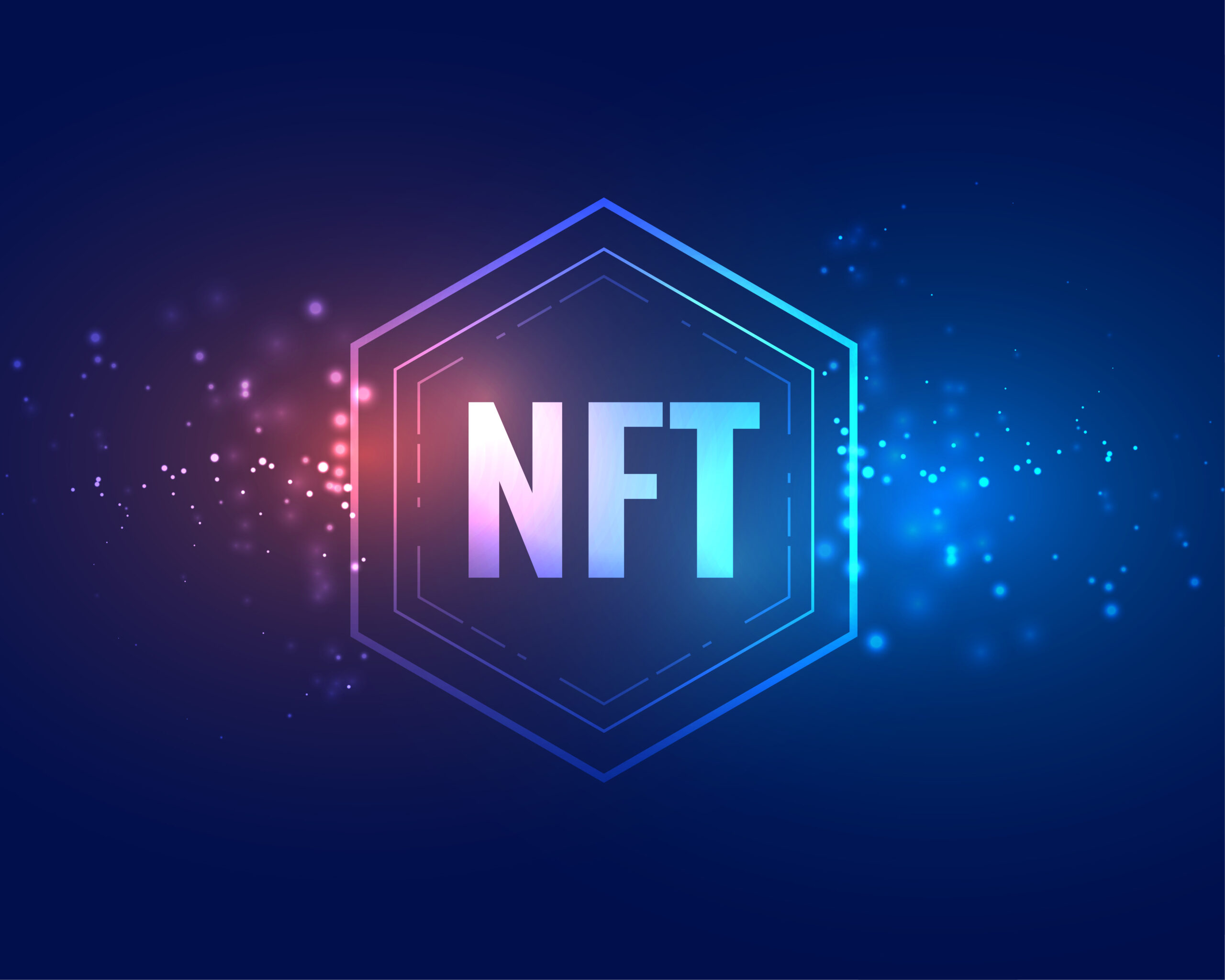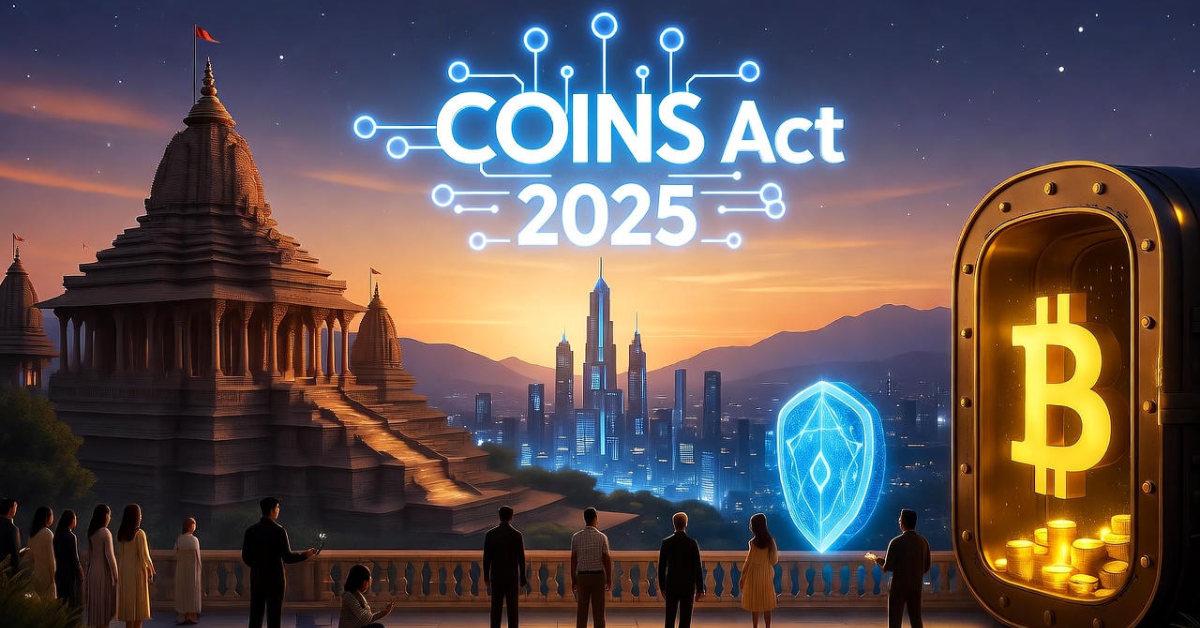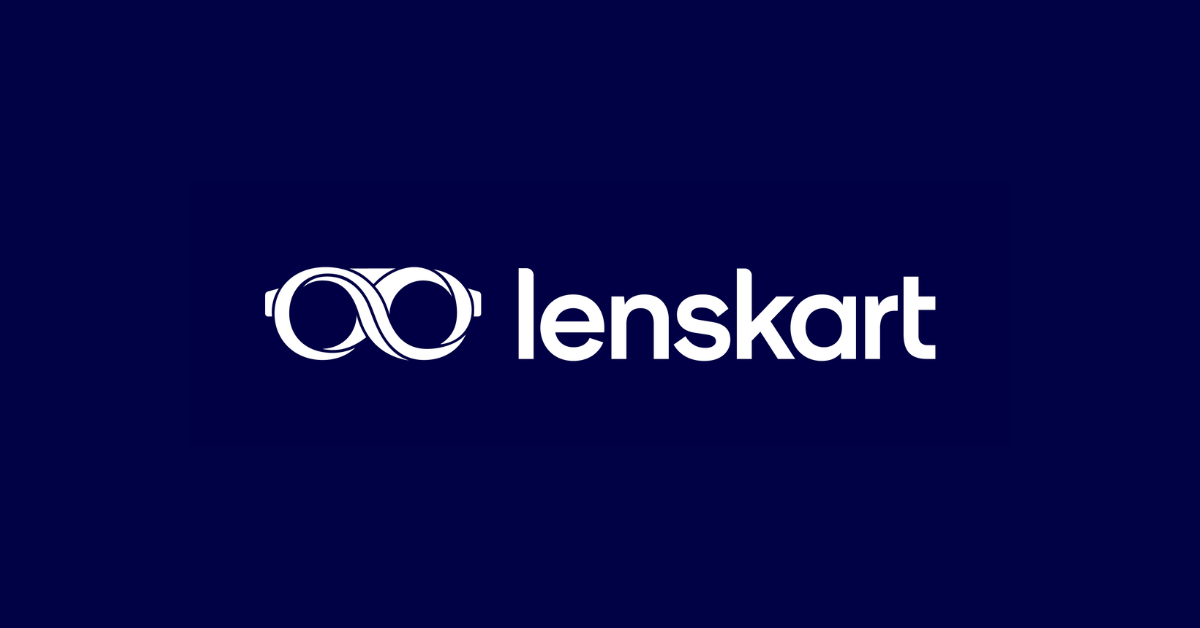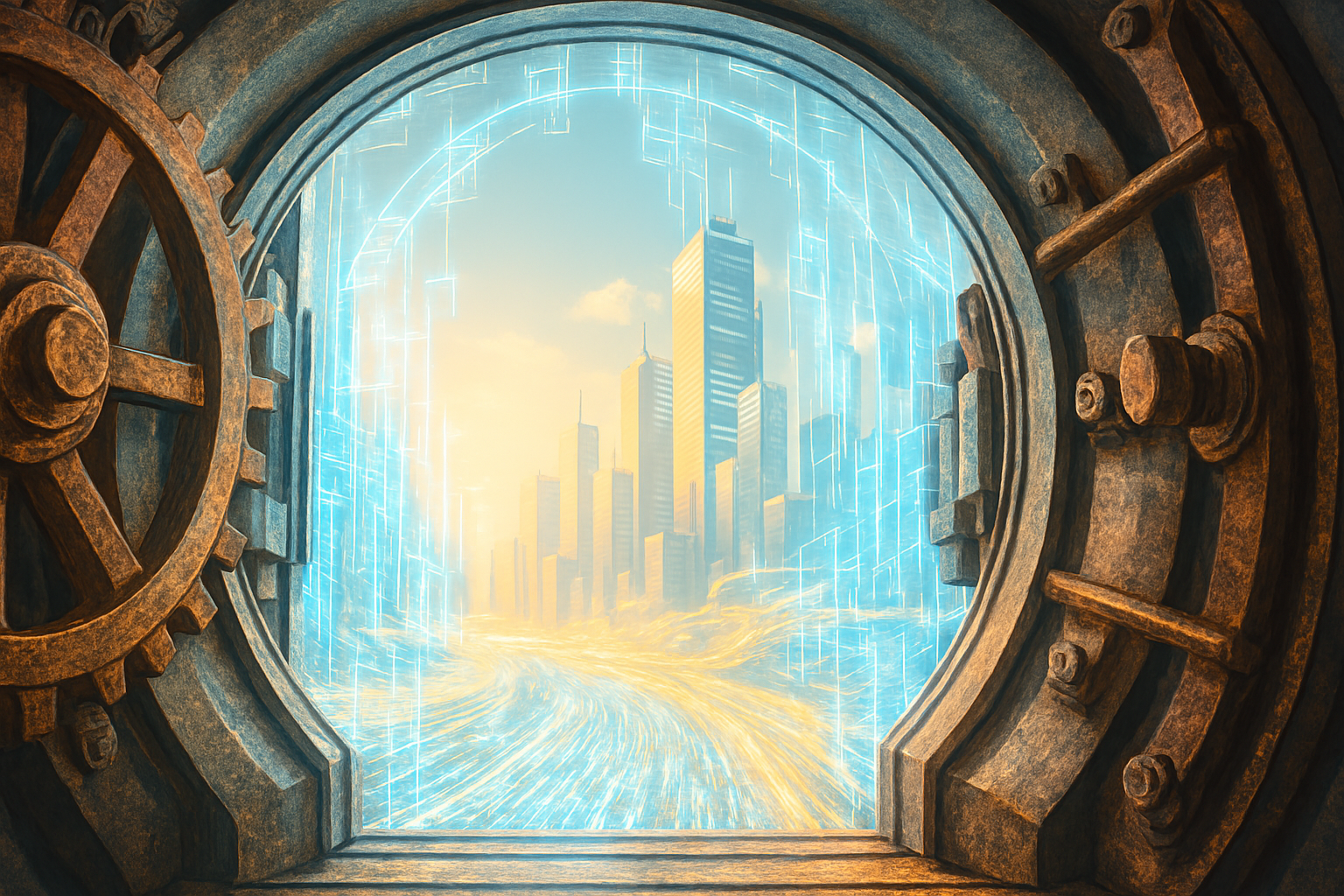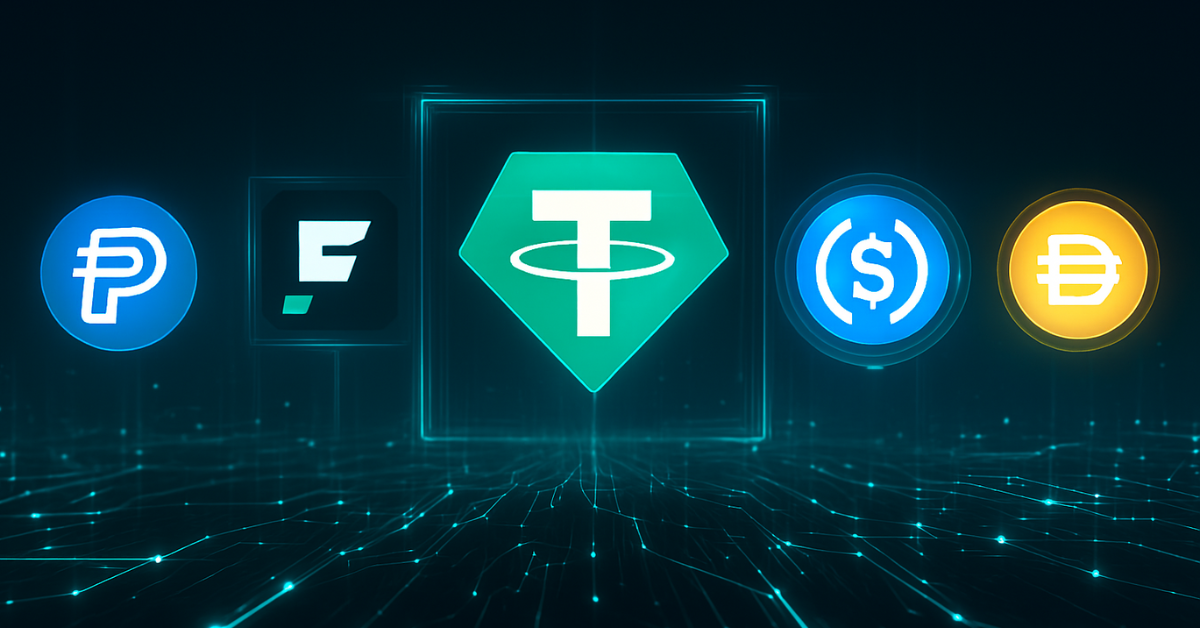- Home
- /
- Courses
- /
- Fundamentals of Web3.0
- /
- F. Non-Fungible Tokens (NFTs) and…
Introduction
Non-Fungible Tokens, or NFTs, have emerged as a groundbreaking innovation in Web3.0, redefining digital ownership by enabling individuals to claim unique, verifiable rights to digital assets on the blockchain. Unlike traditional digital files that can be copied endlessly without consequence, NFTs introduce scarcity, provenance, and transferability to the virtual world, much like owning a physical painting or a rare collectible. From revolutionizing the art world with multimillion-dollar sales to powering immersive gaming experiences and virtual real estate empires, NFTs are at the forefront of a cultural and economic shift toward true digital sovereignty. This chapter explores the fundamentals of NFTs, their technical standards, marketplaces, diverse use cases, and the ongoing debates around their environmental and ethical implications. By the end, you’ll appreciate how NFTs are not just digital novelties but powerful tools for creativity, commerce, and community in the decentralized internet.
Envision a digital artwork that sells for $69 million at auction, a virtual plot of land where you build your dream home, or in-game items that you truly own and can sell across platforms—these are the realities NFTs have unlocked. Built primarily on Ethereum, NFTs leverage smart contracts to ensure authenticity and ownership, fostering a new era where creators and users bypass intermediaries. As we delve deeper, we’ll uncover how NFTs distinguish themselves from fungible tokens, examine their evolving standards, and assess their real-world impact, all while addressing the criticisms that have shaped their trajectory into 2025.
What are NFTs?
At their core, NFTs are unique digital tokens stored on a blockchain, representing ownership of a specific asset. The term “non-fungible” means each token is one-of-a-kind and cannot be exchanged on a like-for-like basis, unlike fungible assets such as dollars or cryptocurrencies. An NFT acts as a certificate of authenticity, linking to metadata—like an image, video, or document—stored on decentralized networks such as IPFS. This metadata describes the asset’s attributes, provenance, and history, making NFTs tamper-proof and publicly verifiable.
NFTs gained mainstream attention in the early 2020s, with sales peaking at billions annually before a market correction. By 2025, the global NFT market is projected to grow to around $34 billion, driven by utility beyond speculation. Creators mint NFTs by deploying smart contracts that generate the token and record ownership on the blockchain. For instance, an artist might mint an NFT of their digital painting, embedding royalties so they earn a percentage (e.g., 10%) from every resale. This automation empowers creators, who traditionally received little from secondary markets in the physical art world.
Fungible vs. Non-Fungible Tokens
To grasp NFTs, it’s essential to differentiate them from fungible tokens. Fungible tokens, like Bitcoin or ERC-20 tokens (e.g., USDC), are interchangeable and identical in value—one Bitcoin equals another. They function like currency, ideal for transactions where uniformity matters.
In contrast, non-fungible tokens are irreplaceable due to their unique properties. Each NFT has a distinct identifier, metadata, and history, making it suitable for representing individuality. For example, while two $10 bills are fungible, two concert tickets are non-fungible if they specify different seats. In the blockchain realm, an ERC-20 token like ETH is fungible for payments, but an NFT like a CryptoPunk avatar is non-fungible, with each punk having unique traits and value based on rarity.
This distinction unlocks NFTs’ potential: fungible tokens enable seamless exchanges, while NFTs prove ownership of singular items. Hybrid models, such as fractional NFTs, blend the two by dividing an NFT into fungible shares, allowing collective ownership of high-value assets like rare art.
NFT Standards
NFTs adhere to standardized protocols on Ethereum, ensuring interoperability across wallets, marketplaces, and applications. These standards define how NFTs are created, transferred, and managed.
ERC-721
The ERC-721 standard, introduced in 2018, is the foundational protocol for NFTs. It allows for the creation of unique tokens, each with an individual ID and metadata. Smart contracts compliant with ERC-721 handle ownership assignment, transfers, and queries about token details. For instance, when minting an ERC-721 NFT, the contract links the token to an Ethereum address, recording the event on the blockchain. This standard powers most digital collectibles, enabling features like automatic royalties.
Use cases include event tickets (e.g., with assigned seats), digital art, and identity verification, such as owning a unique social media handle via Ethereum Name Service (ENS).
ERC-1155
ERC-1155, developed later, enhances flexibility by supporting both fungible and non-fungible tokens within a single contract. It allows creators to manage multiple token types efficiently, reducing gas fees for batch operations. For example, a game developer could issue unique character NFTs alongside fungible in-game currency using one contract.
This standard excels in scenarios requiring variety, such as gaming inventories or limited-edition series. While ERC-721 focuses on pure uniqueness, ERC-1155 optimizes for scalability, making it popular for complex ecosystems.
As of 2025, no major new standards have supplanted these, but extensions like ERC-404 (combining ERC-20 and ERC-721 for fractionalization) are gaining traction for innovative applications.
NFT Marketplaces
NFT marketplaces serve as digital hubs where users buy, sell, and trade tokens, often with built-in tools for minting and discovery. These platforms operate on blockchains like Ethereum, Polygon, and Solana for lower fees.
- OpenSea: The largest marketplace, OpenSea supports multiple chains and offers user-friendly features like auctions, fixed pricing, and royalty enforcement. In 2025, it continues to innovate with charity initiatives, such as mints funding clean water projects, and emphasizes decentralization through protocols like Seaport, which cuts gas fees by 35%.
- Rarible: A community-governed platform, Rarible focuses on creator royalties and DAO governance. Users can mint NFTs directly, and its token (RARI) allows holders to vote on platform decisions, embodying Web3.0’s democratic ethos.
- Foundation: Curated for high-end digital art, Foundation uses invitation-only auctions to maintain quality. It appeals to serious collectors, with features like live bidding and artist spotlights.
These marketplaces democratize access, but users must connect wallets like MetaMask and pay gas fees. Tools like Pinata simplify IPFS pinning for metadata storage.
Use Cases: Digital Art, Gaming, and Virtual Real Estate
NFTs extend beyond hype, driving real innovation in creative and interactive domains.
Digital Art
NFTs have transformed art by enabling provenance and royalties. Beeple’s “Everydays: The First 5000 Days” sold for $69 million in 2021, spotlighting digital creators. In 2025, AI-generated NFTs are rising, with platforms blending human and machine creativity. Artists retain control, earning from resales, and collectors verify authenticity on-chain.
Gaming
In gaming, NFTs represent ownable assets like characters, weapons, or skins. Play-to-earn models, seen in Axie Infinity, allow players to monetize time invested. By 2025, NFTs worth billions circulate in games, with interoperability enabling asset transfers across titles. For example, a sword NFT from one game could enhance another, fostering a metaverse economy.
Virtual Real Estate
Platforms like Decentraland and The Sandbox sell virtual land as NFTs, where owners build experiences, host events, or monetize spaces. Virtual real estate booms in 2025, with parcels fetching high prices for prime locations. Users develop properties, lease them, or flip for profit, mirroring physical real estate but with global, borderless access.
These use cases highlight NFTs’ utility, evolving from collectibles to functional tools in 2025’s “NFT 2.0” era.
Environmental and Ethical Considerations of NFTs
NFTs faced backlash for environmental impact during Ethereum’s Proof of Work era, when minting consumed significant energy, contributing to carbon emissions. However, Ethereum’s 2022 switch to Proof of Stake reduced energy use by 99%, making NFTs far more sustainable. In 2025, eco-friendly blockchains like Hedera and initiatives for carbon-neutral minting further mitigate concerns, though some residual impact from data storage persists.
Ethically, NFTs raise questions about speculation, inequality, and intellectual property. “Rug pulls”—scams where creators abandon projects—erode trust, and the market’s volatility (e.g., an 11% projected decline in 2025) highlights risks. Accessibility issues persist, as high gas fees exclude some users, though Layer 2 solutions help. Positively, NFTs empower underrepresented artists and foster community ownership, but debates on value— are they “just JPEGs”?—continue. Balancing innovation with responsibility is key, with calls for better regulation and education.
Recommended Readings
To deepen your understanding of NFTs and digital ownership, explore these insightful resources:
- “The NFT Handbook” by Matt Fortnow and QuHarrison Terry: A comprehensive guide to NFTs, covering creation, marketplaces, and future trends.
- “NFTs for Dummies” by Tiana Laurence and Seoyoung Kim: An accessible introduction to NFT basics, standards, and real-world applications.
- Ethereum.org NFT Documentation: Official resources on ERC-721 and ERC-1155 standards, with tutorials on minting and use cases.
- “Cryptoassets: The Innovative Investor’s Guide to Bitcoin and Beyond” by Chris Burniske and Jack Tatar: Includes chapters on NFTs’ role in digital economies.
- “The Future of NFTs: Trends and Predictions for 2025” (various articles on Medium and Exploding Topics): Up-to-date analyses of market evolution and sustainability.
Conclusion
Non-Fungible Tokens are a pivotal element of Web3.0, granting true digital ownership and sparking creativity across art, gaming, and virtual realms. By distinguishing themselves from fungible tokens through standards like ERC-721 and ERC-1155, NFTs enable verifiable scarcity and utility, as seen in booming marketplaces like OpenSea and innovative use cases. While environmental concerns have eased with technological shifts, ethical challenges remind us to approach NFTs thoughtfully. As the market matures into 2025 with AI integrations and real-world applications, NFTs promise a more empowered digital future. This chapter has illuminated their mechanics and impact, preparing you to explore DAOs and beyond in the decentralized landscape ahead.

